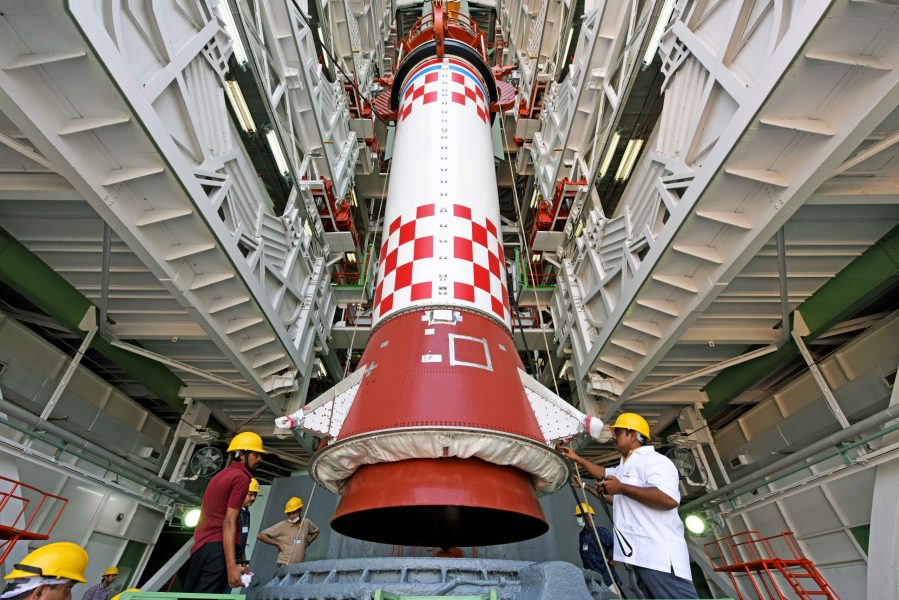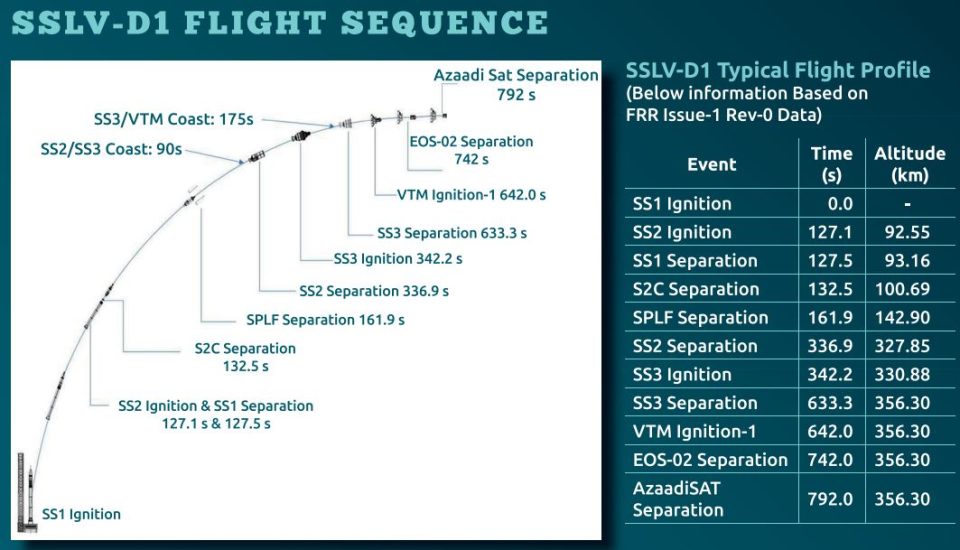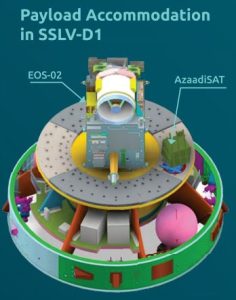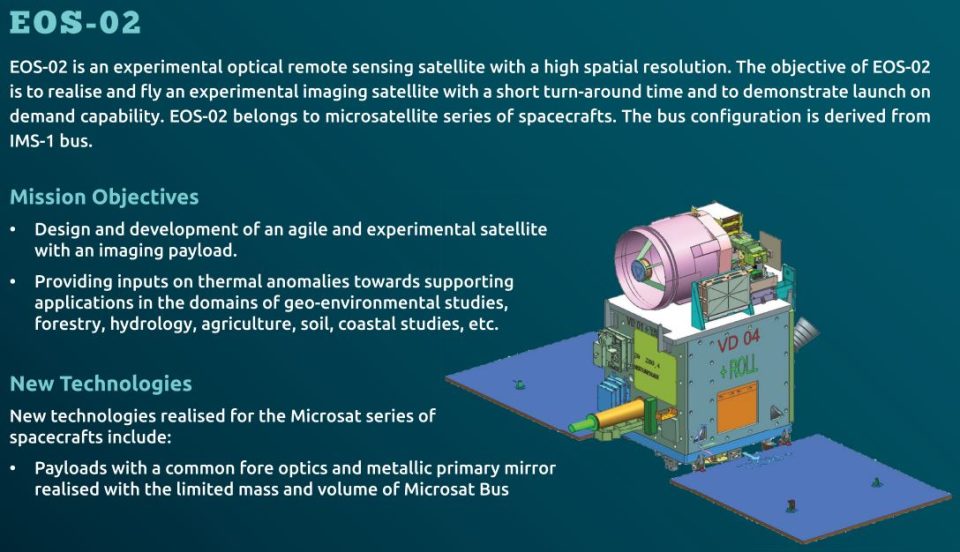
ISRO's maiden SSLV-D1/EOS-2 mission launch today: All you need to know

The Indian Space Research Organisation (ISRO) is on the cusp of making history as the space agency is all set to embark on its maiden SSLV mission, ferrying an earth observation satellite and a student satellite from the spaceport in Sriharikota, about 135 kms from Chennai on Sunday (August 7).
To watch the launch of the SSLV mission, ISRO has invited people to register on its website.
“The launch of the SSLV-D1/EOS-02 Mission is scheduled for Sunday, August 7, 2022, at 9:18 am (IST) from Satish Dhawan Space Centre (SDSC), Sriharikota. ISRO invites citizens to the Launch View Gallery at SDSC to witness the launch. Registration is open…,” tweeted ISRO with the link to the registration page.
The launch of the SSLV-D1/EOS-02 Mission is scheduled for Sunday, August 7, 2022, at 9:18 am (IST) from Satish Dhawan Space Centre (SDSC), Sriharikota. ISRO invites citizens to the Launch View Gallery at SDSC to witness the launch. Registration is open at https://t.co/J9jd8yDs4a pic.twitter.com/rq37VfSfXu
— ISRO (@isro) August 1, 2022
After carving a niche on successful mission launches through its trusted workhorse Polar Satellite Launch Vehicles (PSLV), Geosynchronous Launch Vehicle (GSLV), ISRO would be making its maiden launch of a Small Satellite Launch Vehicle(SSLV), which would be used to deploy satellites in the low orbit earth.
Also read: Why former ISRO scientist Nambi Narayanan is “happy” over RB Sreekumar’s arrest
Scientists at the ISRO have been engaged in developing small launch vehicles over the last few weeks to meet the demand for such small satellites, which weigh upto 500 kgs and can be injected into the 500 kms low earth orbit.
The SSLV is 34m tall, about 10m less than the PSLV and it has a vehicle diameter of two metres as compared to 2.8 metres of PSLV.

SSLV has a lift-off mass of 120 tonnes while PSLV has 320 tonnes, which can carry payloads upto 1,800 kgs.
Also read: A home in Mars: IISc, ISRO researchers develop space bricks technique
On Sunday’s mission, SSLV would carry Earth Observation Satellite-02 and a co-passenger satellite AzaadiSAT – developed by the student team of Space Kidz India.
The countdown compared to other missions which would be 25 hours is reduced to five hours and was expected to commence on Sunday at 4.18 hours for the lift-off scheduled at 9.18 am from the first launch pad at Satish Dhawan Space Centre, Sriharikota, a PTI report said citing sources.
The significance of SSLV is that it has the fourth stage which carries liquid propulsion-based Velocity Trimming Module to place the satellites into the intended orbit. The rocket comprises solid fuel to fire the first three stages.
The Earth Observation Satellite designed by ISRO, offers advanced optical remote sensing operating in infra-red band with high spatial resolution. It belongs to the micro-satellite series of spacecraft.
After travelling for about 13 minutes, SSLV is expected to first place the EOS-02 into the intended orbit followed by AzaadiSAT which is an eight kg Cubesat designed by the girl students from government schools across the country to mark the 75th Anniversary of Independence.

ISRO said SSLV offers low turn-around time, flexibility in accommodating multiple satellites, launch on-demand feasibility and minimal launch infrastructure requirements.
Also read: Eye in the sky: How ISRO’s NETRA will avert disasters for India’s space assets
AzaadiSAT
The AzaadiSAT carries 75 different payloads each weighing around 50 gms. Girl students from rural regions across the country were provided guidance by ISRO scientists to build these payloads which are integrated by the student team of Space Kidz India.
The ground system developed by Space Kidz India would be utilised for receiving the data from this satellite.
ISRO began launching sounding rockets in 1965 to probe the upper atmospheric regions and for space research. The first sounding rocket was launched near Thiruvananthapuram in November 1963.

First launch vehicle
The space agency later in 1980 launched the country’s first Satellite Launch Vehicle-3 which can carry payloads of upto 40kgs.
In 1987, ISRO conducted the first developmental flight of Augmented Satellite Launch Vehicle (ASLV) with a payload capacity of upto 150kgs.
Later, ISRO made its first Polar Satellite Launch Vehicle in September 1993, which was unsuccessful. However, in 1994, ISRO tasted success on the first successful launch as it emerged to be a reliable and versatile trusted workhorse.
ISRO conducted the first flight of the Geosynchronous Satellite Launch Vehicle in 2001 which is the largest launch vehicle developed by India, currently under operation. The GSLV has a lift-off mass of 414.75 tonne.
(With inputs from agencies)


